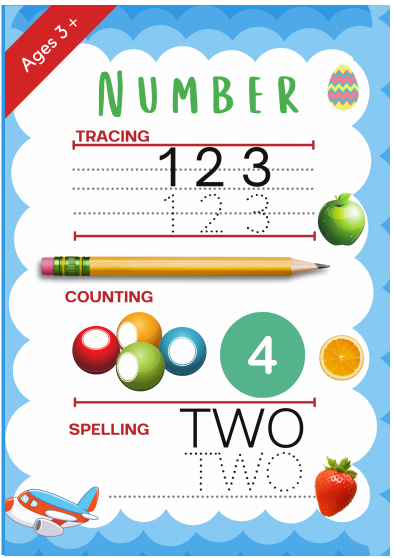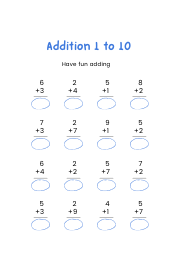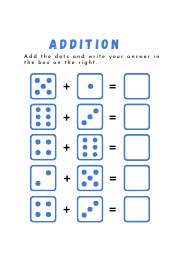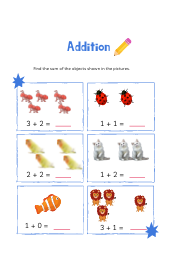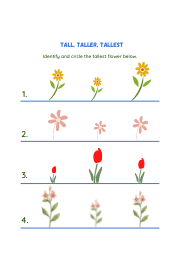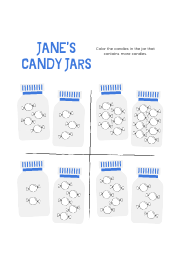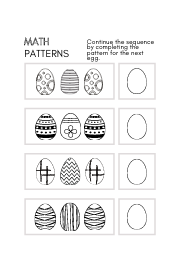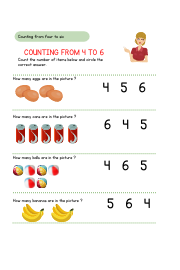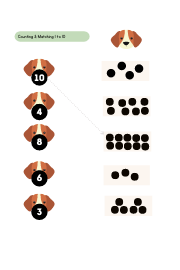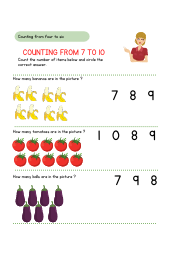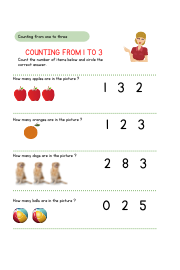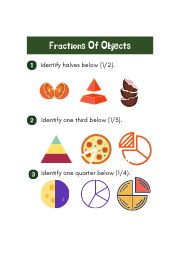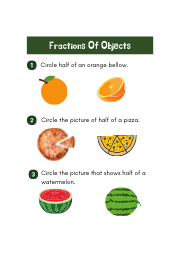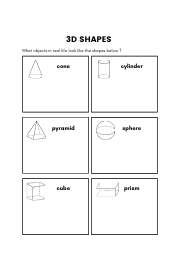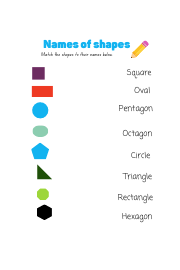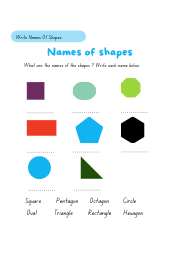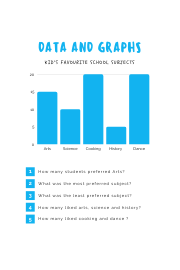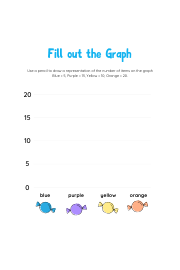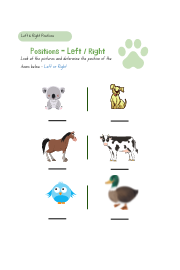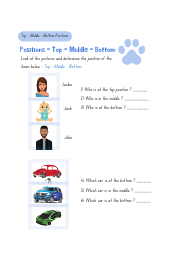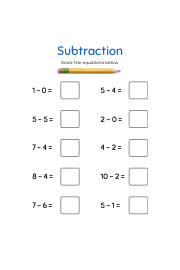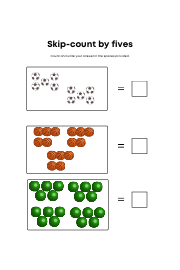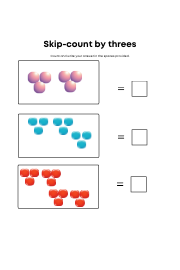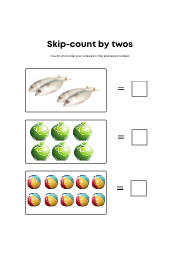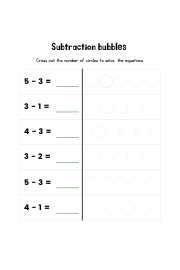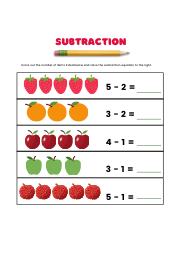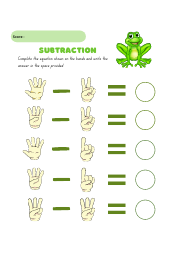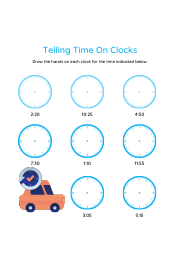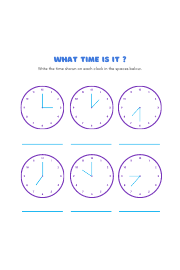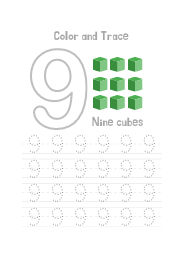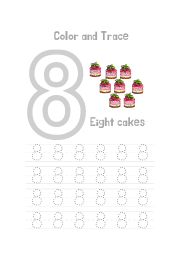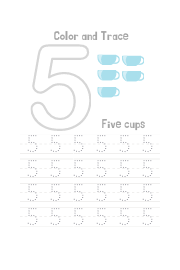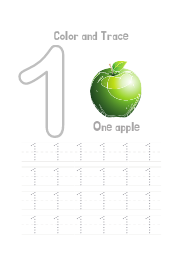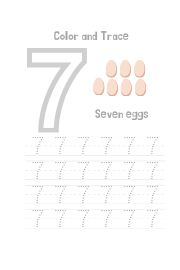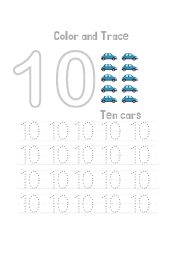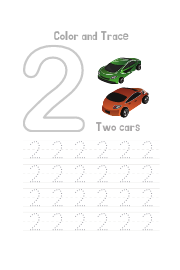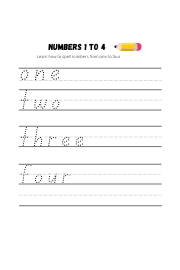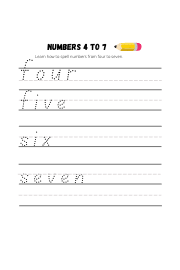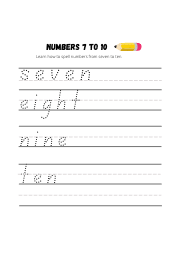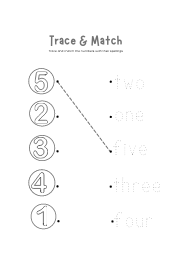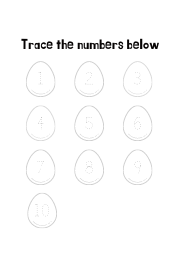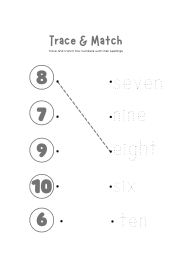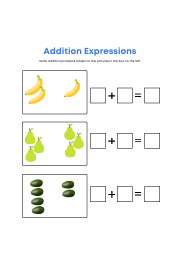What age should a child be able to count backwards?
Numeracy skills play a crucial role in a child's cognitive development. One significant numeracy milestone is the ability to count backwards. As a parent or caregiver, you may wonder when your child should reach this milestone and how to support their development. In this article, we'll explore when children typically start counting backwards, the factors that influence this skill, and ways to promote it. Let's delve into the world of numeracy and childhood development.
Understanding Counting Backwards
Definition and Significance
Counting backwards is the ability to count in reverse order, which involves subtracting numbers sequentially. This skill is essential as it indicates a child's understanding of numerical concepts, sequence, and basic math operations. It also prepares them for more advanced mathematical tasks in the future.
Cognitive Skills Associated with Counting Backwards
Counting backwards requires several cognitive skills, including:
- Numerical comprehension
- Memory and sequencing
- Logical reasoning
- Understanding the concept of subtraction
Real-life Applications of Counting Backwards
Counting backwards has practical applications in everyday life, such as telling time on an analog clock, calculating change when shopping, or solving math problems. Therefore, developing this skill is beneficial for a child's overall learning and problem-solving abilities. Continue Below >>>
Developmental Milestones in Numeracy
Age-Appropriate Numeracy Milestones
Numeracy development in children follows a general progression, with various milestones along the way. These milestones include counting, recognizing numbers, understanding basic math operations, and, of course, counting backwards.
General Progression of Numeracy Skills in Children
Children typically progress through numeracy skills in this order:
- Counting: Begins as early as 2-3 years.
- Number Recognition: Around ages 3-4.
- Basic Addition and Subtraction: Begins around 4-5 years.
- Counting Backwards: Develops between ages 5-6.
Factors Influencing Numeracy Development
Numeracy development can vary from child to child and is influenced by several factors, including genetics, environment, and early exposure to mathematical concepts.
When Do Children Typically Start Counting Backwards?
Age Range for Counting Backwards Proficiency
On average, children start counting backwards between the ages of 5 and 6. However, it's essential to remember that development varies among children, and some may begin this skill earlier or later.
Variability in Individual Development
Each child has their unique pace of development. Factors such as their exposure to mathematical concepts and their natural aptitude for numeracy can influence when they start counting backwards.
Identifying Signs of Readiness
Signs that your child may be ready to count backwards include:
- Proficiency in counting forward from 1 to 10 or higher.
- An understanding of basic subtraction concepts.
- Interest in mathematical games and puzzles.
FAQ Section
Q1: Is it concerning if my child isn't counting backwards by age 6?
A1: Not necessarily. Children develop at different rates. However, if you have concerns, consult with an educator or pediatrician to assess your child's numeracy skills and potential areas for improvement.
Q2: How can I encourage my child to count backwards?
A2: You can support your child's numeracy development through fun activities and games that involve counting backwards, such as playing with number puzzles, using a countdown timer, or counting down to special events like birthdays.
Q3: Are there any red flags for delayed numeracy development?
A3: Delayed numeracy development may be a concern if your child consistently struggles with basic counting, addition, or subtraction well beyond their peers' typical development stages. In such cases, seek guidance from a specialist or educational expert.
Conclusion
Counting backwards is a valuable numeracy skill that helps children understand numbers and basic mathematical operations. While there is a general age range for when children start counting backwards, remember that development is individual. Be patient, offer support, and engage in enjoyable numeracy activities to foster your child's mathematical abilities. Numeracy development is a journey, and every child progresses at their own pace.


